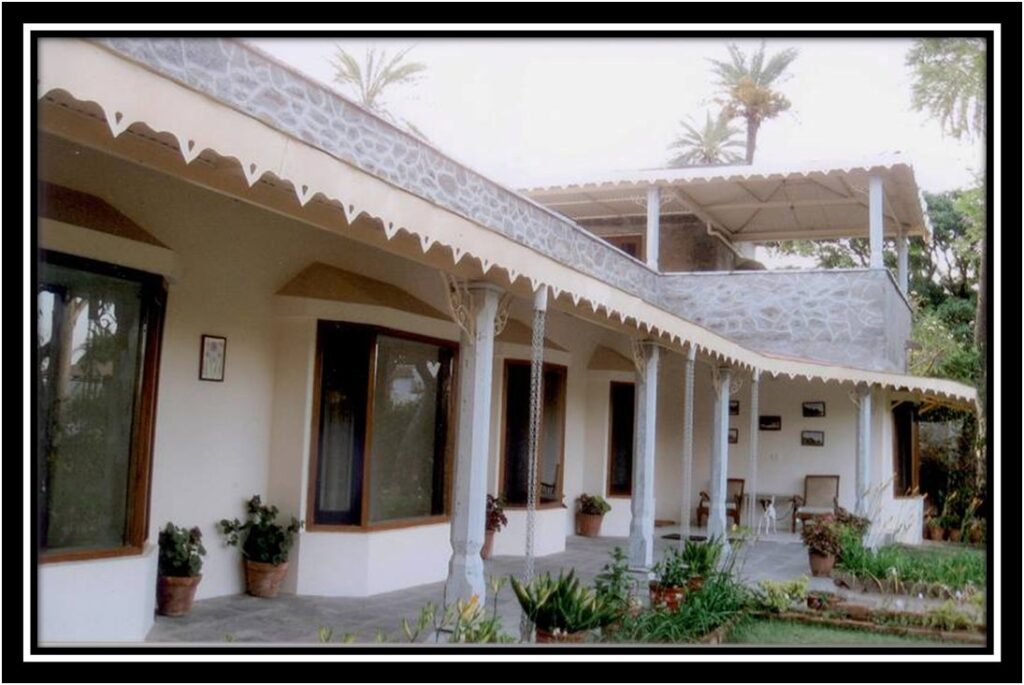The Royal Legacy of Sodawas: A Glimpse into Its History

Introduction
Sodawas, a significant princely estate in Rajasthan, is renowned for its rich history, royal lineage, and cultural heritage. Nestled in the heart of Marwar, this historical region has witnessed the legacy of Rajput valor, governance, and architectural grandeur. Despite the passage of time, Sodawas continues to captivate history enthusiasts, heritage lovers, and travelers with its timeless charm.
The Origins of Sodawas
The roots of Sodawas trace back to the brave Rajput clans, known for their warrior spirit and impeccable governance. Established as a prominent thikana (feudal estate) under the Kingdom of Marwar,it flourished under the rule of the Rathore dynasty. Over time, the region played a crucial role in the administration and military framework of Marwar, contributing to its overall stability and development.
The rulers of Sodawas were known for their allegiance to the Marwar rulers, often taking part in military campaigns and offering strategic support. As a result, their unwavering loyalty and valor earned them respect and recognition within the Rajputana aristocracy.
Architectural Marvels of Sodawas
One of the most remarkable aspects of Sodawas is its architectural heritage. The estate boasts impressive structures that reflect the grandeur and elegance of Rajput architecture. Moreover, palaces, havelis, and temples in it exhibit intricate carvings, ornate facades, and a blend of Mughal and Rajput influences.
The Sodawas Fort, a prominent structure in the region, stands as a symbol of resilience and historical significance. Built with red sandstone, the fort showcases robust walls, artistic jharokhas (balconies), and expansive courtyards that narrate tales of its glorious past. Over the years, the fort has withstood battles and the test of time, making it an invaluable part of Rajasthan’s architectural legacy.
Cultural and Social Influence
Beyond its architectural splendor, Sodawas has significantly influenced Rajasthani culture and traditions. The region has long been a center of Rajput customs, folk music, and artistic expression. Furthermore, the vibrant festivals celebrated in Sodawas reflect the deep-rooted traditions of Rajasthan, with grand processions, folk performances, and traditional attire playing a pivotal role.
Folk Music and Dance: The cultural landscape is enriched by traditional Rajasthani folk music and dance forms. Ghoomar and Kalbeliya, performed during celebrations, add to the region’s festive spirit. In addition, folk artists have preserved these art forms, passing them down through generations.
Cuisine of Sodawas: The traditional cuisine of Sodawas offers a delectable taste of Rajasthan’s culinary richness. For instance, dishes such as Dal Baati Churma, Gatte ki Sabzi, Laal Maas, and Ker Sangri are integral to the local gastronomy. These recipes, prepared with indigenous spices and cooking techniques, have remained unchanged for centuries.
The Role of Sodawas in Rajasthan’s History
Throughout history, Sodawas has played a crucial role in Rajasthan’s political landscape. The rulers of Sodawas actively participated in regional conflicts, defended their territories, and contributed to the prosperity of Marwar. Consequently, their involvement in diplomacy and warfare shaped the course of Rajasthan’s historical events.
During the British colonial period, like other princely estates, adapted to the changing political scenario while maintaining its regional identity. Eventually, post-independence, Sodawas integrated into the democratic framework of India, yet its cultural and historical essence remains intact.
Sodawas Today: Preserving Heritage and Tourism
In contemporary times, it continues to be a hub for heritage tourism. Efforts to preserve its architectural landmarks and promote its historical significance have been undertaken by local authorities and descendants of the erstwhile royal family.
Heritage Hotels and Tourism: Some of the royal residences in Sodawas have been transformed into heritage hotels, offering visitors an opportunity to experience the regal lifestyle. As a result, these heritage properties provide an immersive experience of Rajput hospitality, complete with traditional decor and cultural performances.
Festivals and Cultural Events: Annual festivals and cultural events held in it attract tourists from across the world. Notably, these events showcase the region’s folk art, handicrafts, and traditions, ensuring that its heritage remains alive and celebrated.
Conclusion
Sodawas stands as a testament to Rajasthan’s royal legacy, cultural vibrancy, and architectural brilliance. From its majestic forts to its deep-rooted traditions, every aspect of this reflects the grandeur of Rajput history. Moreover, as efforts to preserve its heritage continue, Sodawas remains a cherished destination for those seeking to explore Rajasthan’s rich past and regal splendor.
Whether you are a history enthusiast, a traveler, or someone fascinated by royal heritage, it offers a journey into a world where history and culture converge, leaving an everlasting impression on all who visit.





